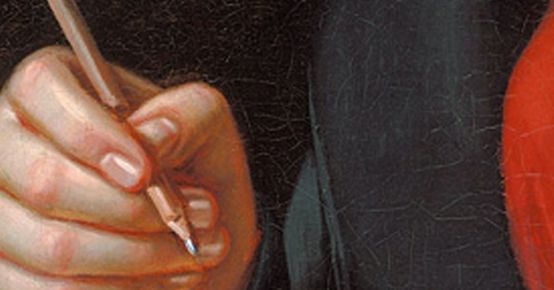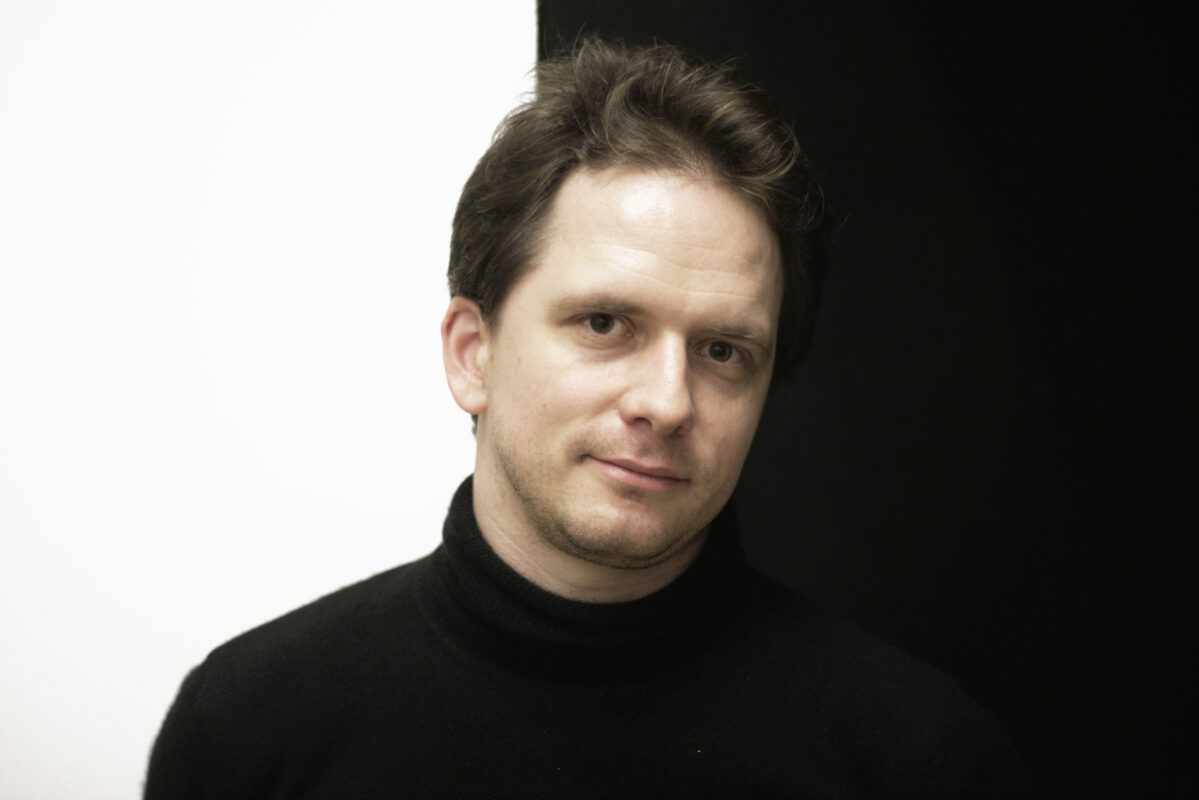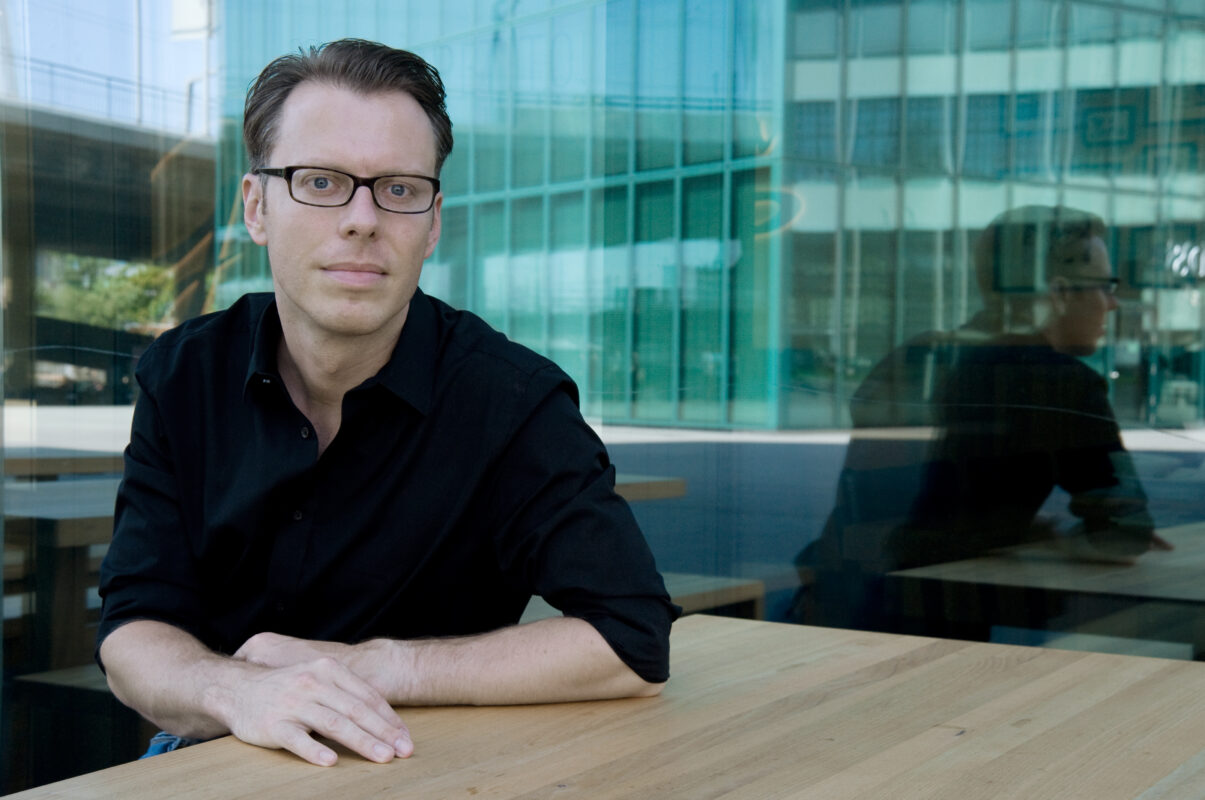Variations on a Swiss folk melody
Every Friday, Beethoven is here. To mark the 250th anniversary of Beethoven's birth, each week the Swiss Music Review takes a look at a different work from its catalog. Today, for the six variations on a Swiss folk melody in F major.

"A word more about popular songs. They are really for the true artist, who is beginning to feel the aberrations of his art, like the North Star for the sailor, whom he observes to guide himself. Only these melodies, like the Swiss chanson, are true original folk melodies, they are moving and stir all that is sensitive in the world, they are true songs of Orpheus." Perhaps it's coincidental that Beethoven became aware of these words by Johann Friedrich Reichardt (1752-1814) while still in Bonn around 1790 - they are printed in the preface to the little collection Frohe Lieder für Deutsche Männer (1781) and completed by an eleven-bar melody with the following text: "She was the daughter of a farmhand, who went by the little name of Babeli, she had two braids that were like gold and Dursli was kind to her". This text is written in barely comprehensible Swiss German, and the booklet fortunately spares us the next ten stanzas of this story which, like so many folk songs, tells of a tragic love that ultimately drives the young man to become a mercenary.
But Beethoven didn't know that. Only the irregular structure (3+3+2+3 bars) and archaic contours of the melody could have inspired him to write it. At first, he added a simple bass line to the melody, then wrote six simple variations. The work is still used today in piano lessons. However, the instrumentation of the first edition published by Simrock in Bonn in 1798 seems strange: "Harpsichord, or harp". While the reference to the harpsichord was still fairly common at the time (the transition to the emerging fortepiano was gradual), the mention of a harp as an alternative is surprising. Beethoven himself gives a clue to this indication in 1796, in a letter to piano maker Johann Andreas Streicher (1761-1833). After hearing the young Augsburg-born Elisabeth von Kissow (1784-1868) play a pianoforte, he wrote: "it is clear that the art of playing the piano is still one of the most uncultivated to this day, one often thinks one only hears a harp, and I am quite happy that she is among the few to understand and feel that one can make this keyboard sing as soon as one masters it, I hope the time will come when the harp and the piano will be two completely different instruments." The indication of instrumentation inserted by the publisher thus seems to correspond to a performance practice still fairly widespread at the time.
Aufnahme auf idagio
Keeping in touch
A weekly newsletter reveals the latest column on line. You can subscribe by entering your e-mail address below, or by subscribing to our RSS feed.








